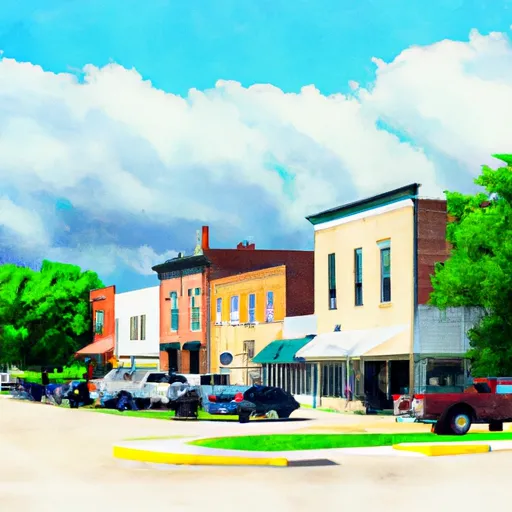°F
°F
mph
Windspeed
%
Humidity











Bernard is a small town located in Dubuque County, Iowa with an approximate population of 1000. The area has a humid continental climate with warm summers and cold winters. The average annual precipitation is around 36 inches, with the majority of it falling during the summer months. The town is surrounded by forests and agricultural land, including the nearby Maquoketa River which provides the water source for the town. Hydrology constituents in the area include nitrates and phosphorus, which can be harmful to aquatic life if not managed properly. Outdoor recreation opportunities in Bernard include hiking and hunting in the nearby forests, as well as fishing and boating on the Maquoketa River.
Weather Forecast
Bernard receives approximately 908mm of rain per year, with humidity levels near 84% and air temperatures averaging around 9°C. Bernard has a plant hardyness factor of 5, meaning plants and agriculture in this region thrive during a short period during spring and early summer. Most plants will die off during the colder winter months.
Regional Streamflow Levels
133
Cubic Feet Per Second
3,220
Cubic Feet Per Second
45,000
Cubic Feet Per Second
48,600
Cubic Feet Per Second
Nearby Camping
| Camping Area | Reservations | Toilets | Showers |
|---|---|---|---|
| Lamar Dixon Expo RV Center | |||
| Clear Spgs Rec Area | |||
| South Recreation Composite | |||
| Float Camp | |||
| Lake Charlie Capps | |||
| Leroy Percy State Park |



